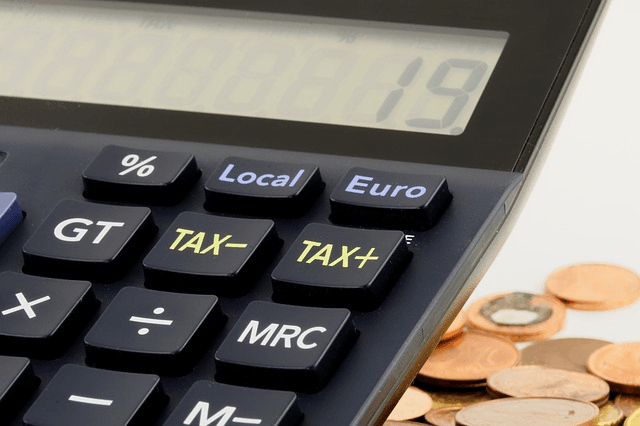What is revenue?
"Revenue means the total amount of money a business has earned from its normal business activities, before expenses are deducted" (Work & Income, July 2020).
This core definition has been applied by thousands of businesses to apply for the Government's wage subsidy scheme that was implemented due to the COVID-19 pandemic. Whether a 30 percent or more reduction in revenue for the original wage subsidy, or a 40 percent or more reduction for the wage subsidy extension, quantifying the reduction in 'revenue' was a key hurdle to be eligible.
With the potential for wage subsidy applicants to be audited, documenting the basis for an application and how the eligibility criteria have been met is
critical. In some cases, confirming eligibility should be straightforward. Retail stores, restaurants, cafes and bars that had to shut their doors overnight should be able to demonstrate a clear drop in 'revenue'.
However, for other industries it may not be as straightforward. In some cases, the time at which an invoice is issued for GST purposes is different to the point in time at which income is recognised for tax and / or accounting purposes.
Take for example the construction industry where jobs are invoiced based on specific milestones. If invoices were raised during the lockdown, for work completed prior to the lockdown, then measuring the
change in revenue based on 'invoicing' would not provide a fair reflection of the effect of Covid-19 at that point in time.
It goes both ways - if a professional services firm was able to keep working during the lockdown but stopped issuing invoices for a particular period. The firm's invoicing in that period would not provide an accurate reflection of the change in 'revenue'.
The Work & Income definition also refers to "money". Was this intended to have the same meaning as 'income' or is it intended to imply a cashflow test?
The different ways the revenue test is able to be interpreted, and not knowing what the audit process will comprise gives rise to uncertainty. A suggestion is to ensure that the method used to calculate the revenue reduction should be logical within the context of a particular business. If a standard measure, such as sales booked in the period does not align with what has occurred in practice, consider whether that is an accurate method.
Consideration should also be given to sensor checking eligibility using different approaches to ensure the outcome feels right. For example, a service-oriented business could look at hours worked by the team and cross check that against movement in WIP and sales.
If multiple measures have been used, and each supports the reduction in 'revenue' required to receive the wage subsidy then this suggests a reasonable approach has been taken.
****************************************************************************************************************************
Please note: The above E-newsletter notes and the related articles on our website are of a general nature and therefore we urge clients who may be affected by these changes to contact us to discuss your specific circumstances before making any changes or drawing any conclusions.
If you do not wish to receive these E-newsletters please use the unsubscribe option below.



